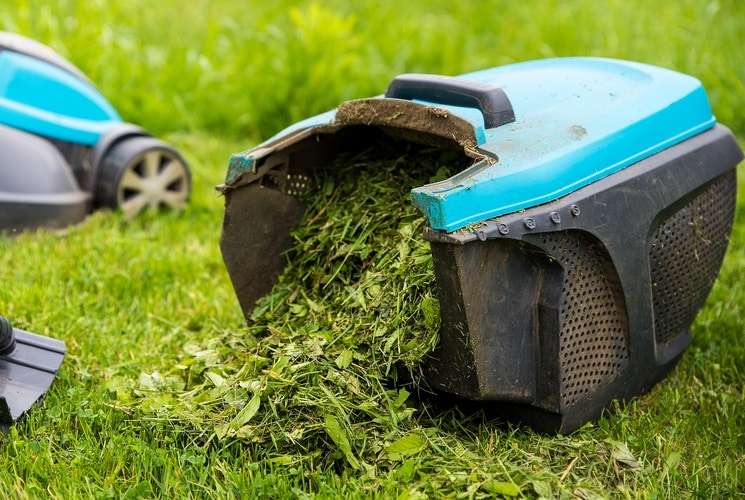Mulching with grass clippings is a popular method used in many regions around the world, and it offers several advantages for your garden. By utilizing grass clippings as mulch, you can keep moisture in your soil, prevent the growth of weeds, and protect against erosion. Additionally, the clippings provide essential nutrients for your plants, promoting healthier growth. However, there are a few drawbacks to consider, such as the potential attraction of snails and slugs, as well as the inability to control quackgrass. Despite these cons, grass clippings are cost-effective, abundant, and can be utilized to grow vegetables directly. With the proper watering technique, the clippings won’t float away during heavy rainfall. Overall, using grass clippings as mulch offers numerous benefits, including moisture retention, weed suppression, and nutrient release, while also aiding in soil recovery and erosion control.
Pros of Mulching with Grass Clippings
Mulching with grass clippings has several advantages that make it a popular practice for gardeners and homeowners. The main benefits of using grass clippings as mulch include moisture retention, weed suppression, and nutrient release.
Moisture Retention
One of the key advantages of mulching with grass clippings is its ability to retain moisture in the soil. By layering the clippings over the soil surface, evaporation is prevented, and water is conserved. This is particularly beneficial during hot and dry periods when water is scarce. The layer of grass clippings acts as a protective barrier, shielding the soil from direct sunlight, which helps to prevent drying out and protects plants from drought stress.
Weed Suppression
Another significant advantage of using grass clippings as mulch is its ability to suppress weed growth. When applied properly, grass clippings can smother existing weeds, preventing them from receiving sunlight and effectively inhibiting their growth. This reduces the need for manual weeding, saving you time and effort. Additionally, grass clippings can also suppress the germination of weed seeds, further minimizing weed infestations in your garden.
Nutrient Release
Grass clippings are rich in nutrients, making them an excellent natural fertilizer for your plants. As the clippings decompose, they release organic matter into the soil, providing essential nutrients for plant growth. This organic matter feeds plant roots, enhancing soil fertility and promoting overall plant health. By using grass clippings as mulch, you are effectively recycling these nutrients and returning them to the soil, creating a sustainable gardening practice.
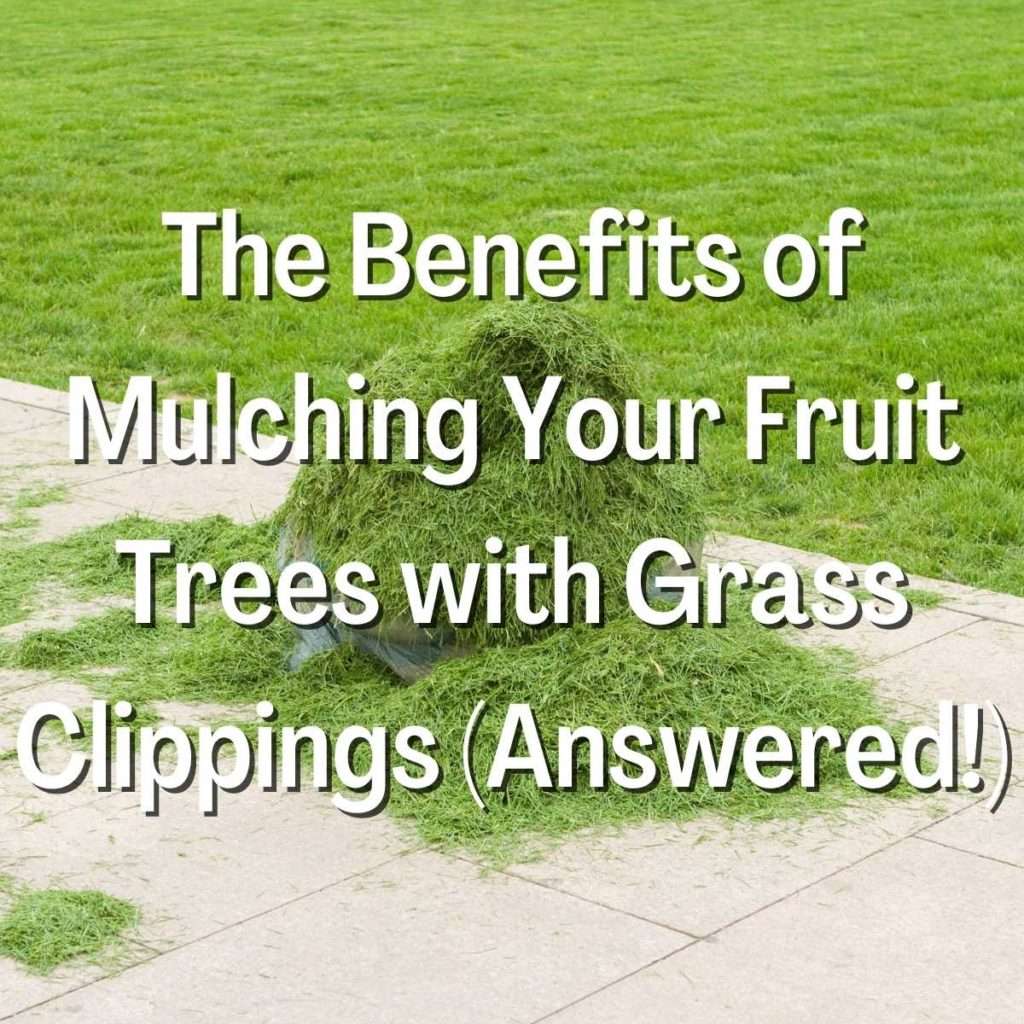
Using Grass Clippings as Mulch for Vegetables
The use of grass clippings as mulch is particularly beneficial for vegetable gardens. This method provides numerous advantages specific to growing vegetables.
Direct Application for Vegetable Gardens
Grass clippings can be applied directly to the soil surface in vegetable gardens. This provides an immediate layer of mulch that helps to conserve moisture and regulate soil temperature. By directly applying grass clippings, you can create a protective barrier that shields the vegetable plants’ roots, minimizing water loss and protecting them from extreme heat or cold.
Supply of Essential Nutrients
Vegetable plants have high nutrient requirements to produce healthy and abundant crops. By using grass clippings as mulch, you are providing a continuous supply of essential nutrients to your vegetable plants. As the clippings decompose, they release nitrogen, phosphorus, and potassium back into the soil, which are crucial elements for plant growth. This natural fertilization method ensures that your vegetables receive the nutrients they need without the use of synthetic fertilizers.
Improving Soil Health for Vegetables
Healthy soil is the foundation for successful vegetable gardening. Grass clippings, when used as mulch, contribute to improving soil health in several ways. The organic matter they provide enriches the soil, enhancing its structure, moisture-holding capacity, and nutrient availability. Furthermore, the protective layer of grass clippings helps to prevent soil erosion, which is especially important for sloped vegetable gardens. Overall, using grass clippings as mulch for vegetables helps create a fertile and conducive environment for optimal plant growth.
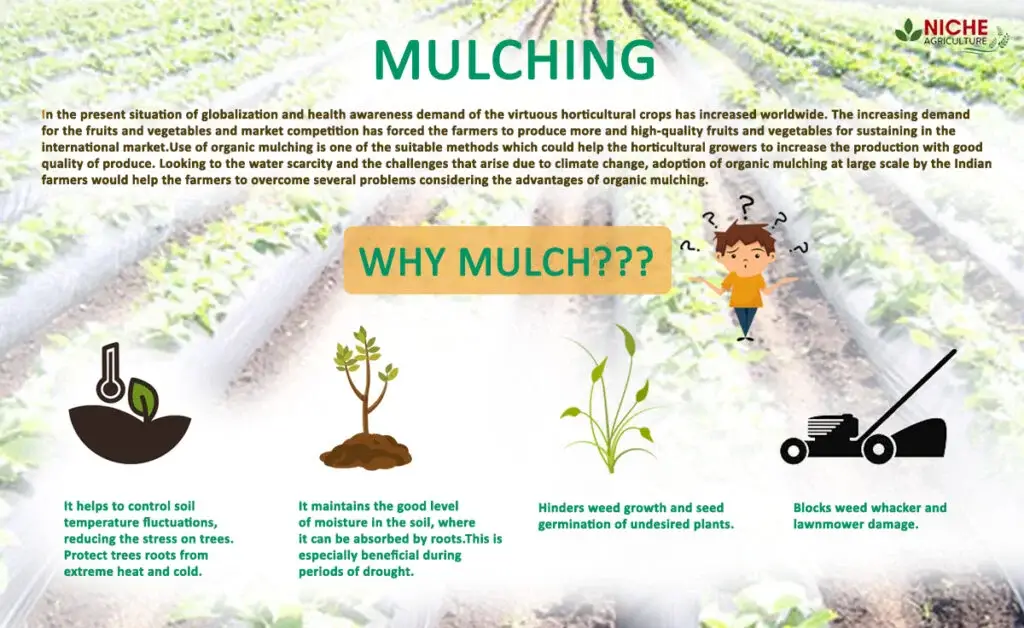
Cons of Using Grass Clippings as Mulch
While mulching with grass clippings has numerous advantages, it is important to consider some potential drawbacks as well.
Attracting Snails and Slugs
Grass clippings, especially when left in thick layers, can attract snails and slugs. These pests thrive in moist environments and may find the mulch an appealing hiding place. To prevent an infestation, it is recommended to monitor the mulched areas and promptly remove any snails or slugs that appear. Additionally, maintaining a thin layer of mulch can help discourage their presence.
Difficulty in Controlling Quackgrass
Quackgrass is a perennial weed that can be difficult to control if it is present in the grass clippings used as mulch. This aggressive weed has rhizomes that can quickly spread and establish themselves in your garden. If quackgrass is a concern, it is advisable to thoroughly inspect the grass clippings before using them as mulch, removing any pieces that may contain quackgrass roots or rhizomes to prevent the weed from spreading in your garden.
Potential Presence of Chemicals and Weed Seeds
Grass clippings used as mulch may contain chemicals and weed seeds, particularly if the lawn has been treated with herbicides or contains weeds. These chemicals and seeds can potentially be transferred to your garden, leading to weed problems or interfering with the growth of your desired plants. To minimize this risk, it is advisable to use grass clippings from untreated lawns and avoid using clippings from lawns recently treated with herbicides.
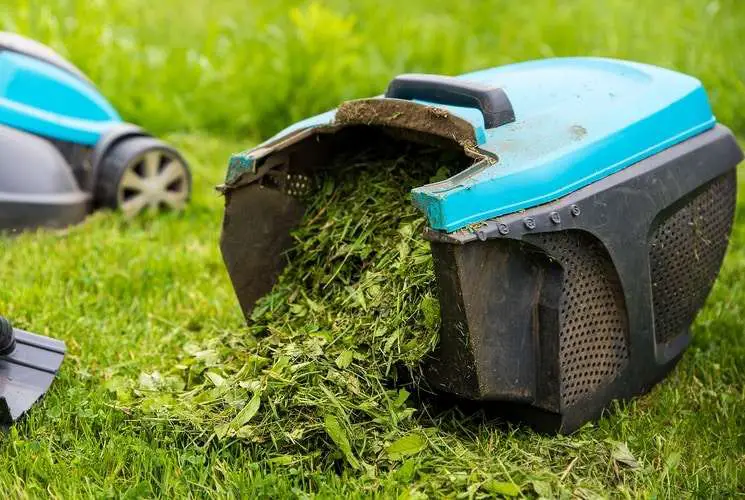
Decomposition and Replenishment
Grass clippings have a rapid decomposition rate compared to other types of mulches. While this can be beneficial in terms of nutrient release, it also means that grass clippings require frequent replenishment.
Quick Decomposition Rate
Due to their high moisture content and nitrogen-rich composition, grass clippings decompose relatively quickly. This can be advantageous as it allows for a continuous release of nutrients into the soil. However, it also means that the mulch layer may need to be replenished more frequently compared to other types of mulch.
Frequent Replenishment Required
To maintain the benefits of grass clippings mulch, it is necessary to replenish the layer regularly. As the clippings decompose, they become thinner, and their effectiveness in retaining moisture and suppressing weeds diminishes. By adding fresh grass clippings on top, you can ensure a consistent layer of mulch that continues to provide moisture retention, weed suppression, and nutrient release.
Maintaining a Healthy Layer of Mulch
To maintain a healthy layer of grass clippings mulch, it is essential to avoid excessive matting. When grass clippings are applied in thick layers, they can form a dense mat that hinders air circulation and water penetration. This can potentially lead to fungal diseases and waterlogging issues. To prevent this, it is recommended to spread out the clippings thinly and allow them to dry before applying a new layer. This will help maintain a more porous and breathable mulch layer.
Considerations for Grass Clippings Mulch
While grass clippings mulch has its advantages, there are some considerations to keep in mind when using it in your garden.
Potential Mat Formation
As mentioned earlier, grass clippings have the potential to form a dense mat when applied in thick layers. This can affect air circulation and water penetration, which can have negative consequences for plant health. To prevent mat formation, it is important to spread out the clippings thinly, allowing for proper airflow and water movement.
Affecting Air Circulation
Thick layers of grass clippings mulch can hinder air circulation around plant stems and foliage. This can create a moist environment that promotes the growth of fungal diseases. To avoid this, it is recommended to maintain a thin layer of mulch, leaving space around the base of plants and avoiding piling the clippings directly against stems.
Water Penetration
While grass clippings are effective at retaining moisture, they can also hinder water penetration if applied too densely. This can lead to water pooling on the mulch surface, preventing it from reaching the soil and plant roots. To ensure proper water penetration, it is important to spread out the clippings thinly and monitor the moisture levels in the soil regularly.
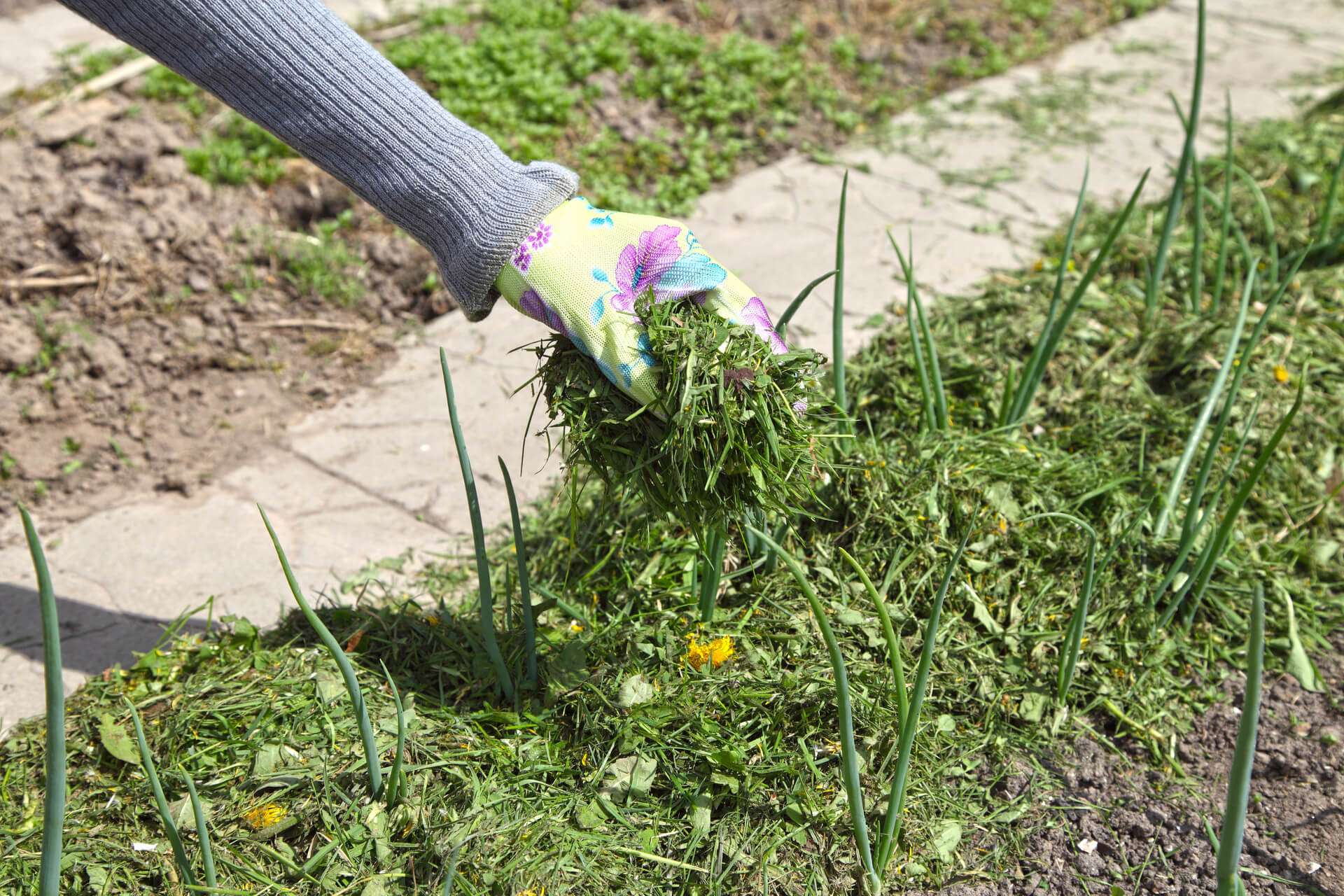
Protecting Soil from Erosion
Grass clippings mulch can play a crucial role in protecting soil from erosion, particularly in areas prone to heavy rainfall or sloped landscapes.
Retaining Water
The layer of grass clippings acts as a protective cover, preventing rainwater from directly hitting the soil surface. This helps to reduce the impact of heavy rain and minimizes soil erosion. Instead of washing away, the water is trapped in the mulch layer, allowing it to slowly percolate into the soil. This retention of water is beneficial for maintaining soil moisture levels and preventing runoff.
Recovering Eroded Areas
For areas that have already experienced erosion, grass clippings mulch can aid in the recovery process. By applying a layer of mulch, you create a protective barrier that helps to stabilize the soil and prevent further erosion. Additionally, as the grass clippings decompose, they release nutrients back into the soil, which can contribute to the restoration of healthy and fertile soil.
Adding Nutrients to Improve Soil
As grass clippings decompose, they break down into organic matter, enriching the soil with valuable nutrients. This nutrient replenishment is essential in areas that have experienced erosion, as erosion often leads to the loss of topsoil, which contains essential nutrients for plant growth. By using grass clippings as mulch, you are effectively adding nutrients back into the soil, promoting its recovery and improving its overall fertility.
In conclusion, mulching with grass clippings offers numerous benefits for your garden. It provides moisture retention, weed suppression, and nutrient release, making it an ideal choice for maintaining healthy plant growth. However, it is essential to be mindful of potential drawbacks such as attracting pests, controlling invasive weeds, and considering the presence of chemicals or weed seeds. By understanding these factors and properly managing your grass clippings mulch, you can create a thriving garden that flourishes with the help of this cost-effective and readily available organic mulching material.

